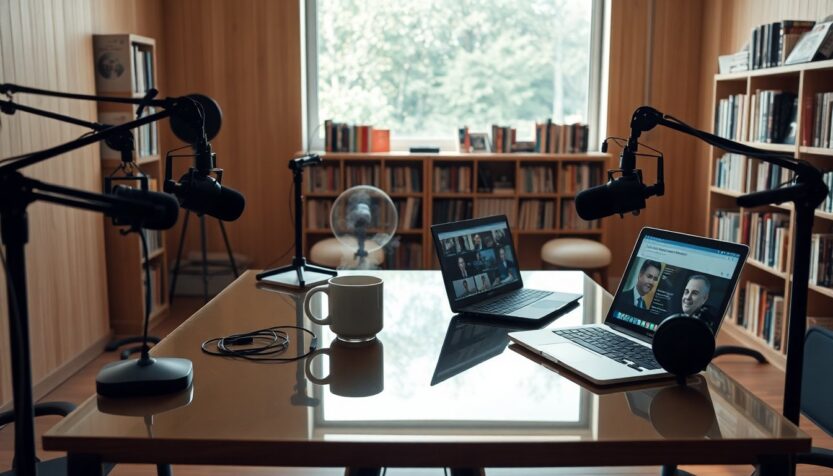When Gavin Newsom entered the podcasting arena in March, he ignited a significant conversation by inviting Charlie Kirk as his inaugural guest. This decision elicited widespread reactions, particularly given that Newsom, the governor of California, is often regarded as a proponent of progressive values. The contrast between his democratic ideals and Kirk’s right-wing perspectives—especially regarding transgender athletes in women’s sports—generated considerable media attention. What prompted this choice? It resembles a political chess match, where each move carries substantial implications. 🎙️
Understanding the Context
In launching his podcast, Newsom appeared eager to connect with a wider audience, and Kirk’s following presented an attractive opportunity. Critics quickly condemned Newsom for his amicable interaction with Kirk, who has built a career opposing what he terms ‘wokeism.’ During their discussion, Newsom mentioned that his son was eager to meet Kirk, adding a personal dimension to the political exchange. This is giving me major ‘politics meets family’ vibes! 💬
However, the political landscape extends beyond individual relationships; it encompasses how these interactions can shape public perception. Kirk has positioned himself as a prominent figure in the online political sphere, skillfully navigating the interplay between politics and pop culture. His capacity to engage younger audiences through platforms like YouTube and social media has rendered him a formidable force in shaping opinions.
The Rise of Online Political Influencers
What’s particularly interesting is how Kirk, through his organization Turning Point USA, has pioneered a model that merges political activism with social media expertise. He recognized early that proficiency in this ‘ecosystem’ of online influence is crucial for those aspiring to make a mark in public life. As Anna Paulina Luna, a congresswoman and former Turning Point director of Hispanic engagement, observed, the intersection of social media and politics has become vital for emerging politicians.
“I was one of the OG politicos on Instagram,” she recalled, noting that her political ascent was propelled not only by traditional campaigning but also by her social media presence. This serves as a clear reminder that to resonate with today’s electorate, one must engage where the conversation is happening—online! 🔥
Examining Kirk’s signature campus events reveals that his method of engaging with students has become a model for many. He embodies a new generation of political figures who thrive on direct audience interaction, often igniting passionate debates and discussions. This strategy of challenging students’ beliefs has garnered significant attention and established a precedent for future political outreach.
Lessons from the Political Landscape
Despite the criticism Newsom encountered for his podcast choice, it is essential to acknowledge the strategic value of such interactions. As political influencers across the spectrum adapt to the rapid pace of digital content, we witness a transformation in how ideas are communicated and debated. Harry Sisson, a liberal influencer, highlighted that while intelligent creators exist on the left, they often lack the organizational backing that groups like Turning Point USA provide to their right-wing counterparts.
“If you see your enemies doing something, don’t be afraid to use their tactics if it’s effective,” Sisson advised, underscoring the tactical nature of contemporary political discourse. This raises an intriguing question: are we observing a shift in how political battles are conducted? 🤔
Ultimately, Kirk’s ability to connect with his audience has not only shaped his own career but has also influenced a generation of young conservatives. As more individuals like Luna and Sisson emerge, we may witness an influx of new voices that challenge the status quo, expanding the boundaries of political engagement today. The landscape is ever-evolving, prompting us to consider: who will emerge next in this digital age of political influence?






